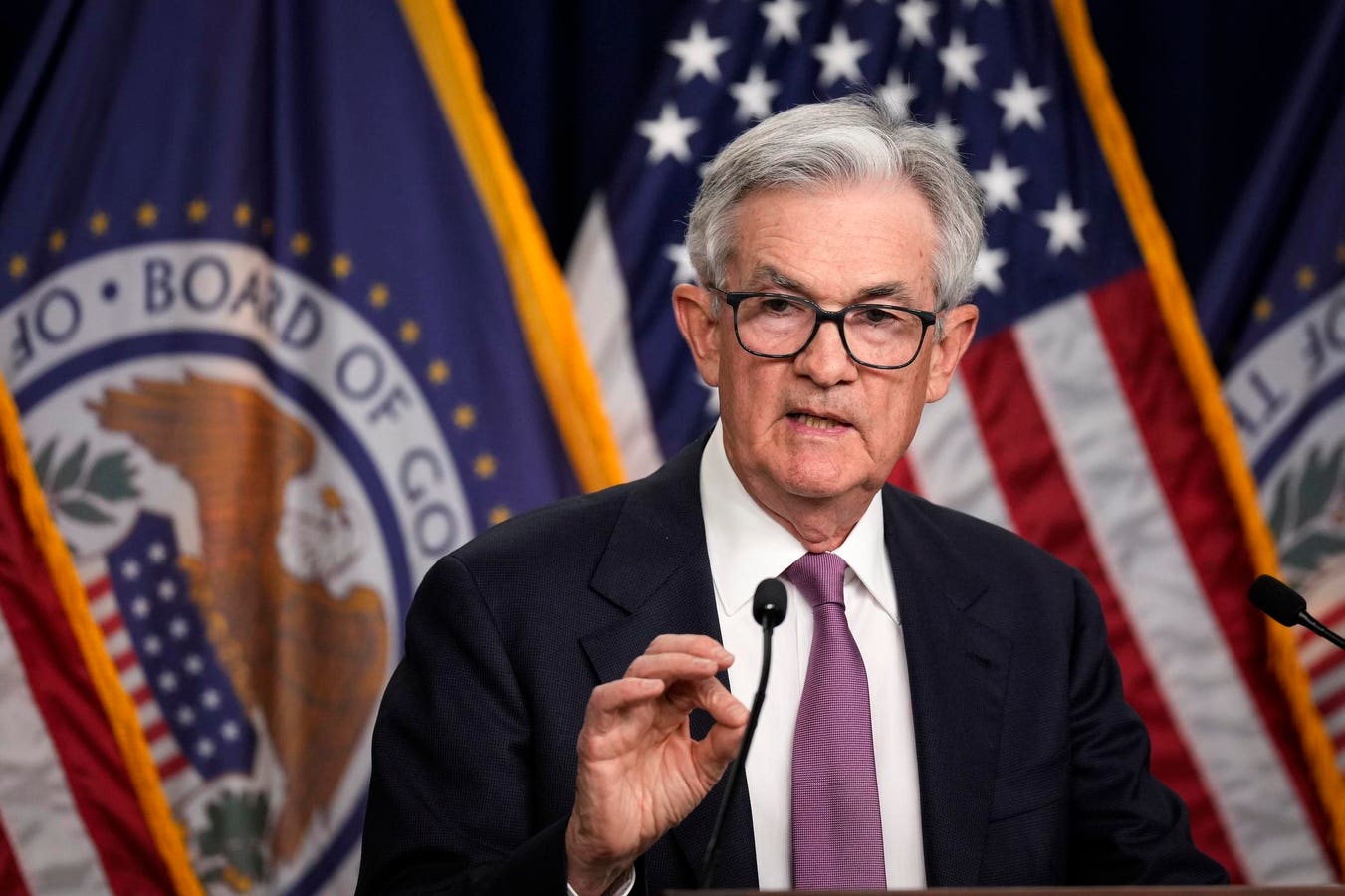The Federal Reserve after holding rates steady at 5.25% to 5.5% on November 1 continues to outline potential scenarios for higher interest rates. Fed Chair Jerome Powell stated at the post-meeting press conference, “the question we are asking is should we hike more?” However, markets disagree, believing we are likely at peak rates already for this cycle. As such, there may be a disconnect between the move dovish assessment of markets, and somewhat hawkish language from the Fed.
Fixed income futures markets currently see a 1 in 4 chance that rates move higher at one of the Fed’s next two decisions on December 13 or January 31 2024 according to the CME’s FedWatch Tool. The market’s base case is that we are now at peak rates, and has we move later into 2024, rate cuts become more likely than rate hikes on current estimates. Though Powell was clear that in the post-meeting press conference on November 1 “the committee is not thinking about rate cuts at all.”
The Fed’s Perspective
The Fed still argues that rates could go higher. The opening comments of Powell’s press conference referenced “the extent of additional policy firming” suggesting that higher rates are far more likely than lower rates in the near term. Also, when questioned Powell avoided taking a December interest rate hike off the table. It was also notable that November’s meeting decision was unanimous, meaning no policymaker voted for a rate hike.
The Economic Data
Economic data has not yet suggested that the Fed’s work is done. The Fed’s inflation target is an annual rate of 2% when current inflation is closer to 4% on most metrics for the latest September reports. The Fed believes they are “making progress” inflation. For example, Personal Consumption Expenditure price index inflation excluding food and energy for September 2023 came in at a 3.7% annual rate. That’s arguably the Fed’s preferred metric for assessing inflation.
Elsewhere, the U.S. labor market appears to be cooling, but remains robust such that there is wage inflation that may continue to put pressure on services prices. The housing market too, isn’t quite following the traditional script for higher rates. Despite mortgage rates of around 8%, home prices haven’t fallen much and indeed have rebounded since spring 2023. Of course, many expect home prices to ultimately decline.
Importantly, in recent weeks, yield on the 10-year bonds have approached 5%. The Fed argues that recent move up in longer-term interest rates has done some of its tightening work for it. That may be one reason why the Fed elects to avoid another hike in 2023. Still there are economic risks too such as potentially rising energy prices, various strike activity and some risk of a government shutdown.
The Fed vs. The Market
During this interest-rate cycle the forecasts of the Fed have largely won out over the perspective of fixed income markets. However, if there isn’t another rate increase in 2023 that balance may be changing. In September, Fed policymakers typically saw one more interest rate hike coming in 2023. Markets have always been more skeptical of that, when compared to the Fed’s assessment, and may ultimately prove correct.
What’s Next?
Despite the focus on whether or not the Fed moves rates up again, rates are expected to remain at high levels for much of 2024. If current forecasts hold, it’s unlikely rates fall below 4% in 2024. Both the Fed and markets expect interest rates to remain restrictive for some time, even if there’s disagreement on whether we see another hike in the near term.
Read the full article here


